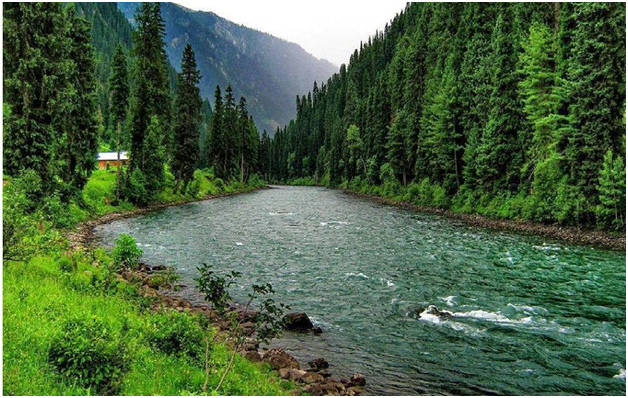
PC : www.ajktours.com
Imagine the endless lush green fields stretching as far as your eyes can reach, the sharp pine trees guarding the gigantic mountains standing behind, the icy blue water of the stream running below trying to imitate the color of the ice shaping up the peak of the mountains but failing and ending up a shade or two darker making the scenery even more picturesque.
Seems pretty but still it feels as if something is missing right?
Now Imagine the soft sound of your footsteps on the endless lush green fields stretching as far as your eyes can reach, winds rustling through the sharp pine trees guarding the gigantic mountains standing behind, symphony of the icy blue water of the stream running below trying to imitate the color of the ice shaping up the peak of the mountains but failing and ending up a shade or two darker making the scenery even more picturesque.
Feel the difference? This is what sound can do. Now imagine the same scenery along with the beautiful melody of Afghani rabab and a flute playing in the background. The sound of nature when accompanied by music can do wonders. It can transport you into another realm and make you quench for more. It ignites a feeling of restlessness and calmness both at the same time. That is when you know that you are truly having THE MOMENT.
Bhumro bhumro is one such song which can never escape the mind when talking of kashmiri folk song. Such is the power of traditional folk music of Himalayas. One of the most popular folk music in Jammu and Kashmir is chakri. It is played with instruments like the harmonium, the rubab, the sarangi, the nout, the geger, the tumbaknaer and the chimta. Famous among Muslim and Hindu kashmiris, it is also used to tell stories like fairy tales or famous love stories like laila-majnu.
Another is the sufiyana kalam which has its own ragas when accompanied by santoor and the Kashmiri saz,
When it comes to sarcastic forms of singing, Ladishah is known for it. These songs are utterly humorous. The songs are composed on the spot on issues relating to that village.
Moving to the Tibetan side of the Himalayas, the music is found to be profusely influenced by the Buddhist culture. The Tibetan street songs are a traditional form of expression used as a means to converse and spread political and other burning issues of the country at such a time which was bereft of newspapers or other means of mass communication. As song lyrics in Tibet usually contained stanzas of 4 lines of 6 syllables each, the lyrics could be easily adapted to almost any melody. Source : Wikipedia
Dating back to the twelfth century, we come across the Lama Mani tradition. In this tradition, the Buddhist tales and stories were communicated through songs. The wandering storytellers cum musicians, travelling from village to village, drawing attention of the public and relating to each one of them illustrates the Buddhist thangka paintings, eventually passing on the knowledge of the generations.
You can have a taste of the sweet Himalayan music through it is a kashmiri folk medley by Aabha Hanjura & Sufistication.
Another attempt at this genre is by Ali Saffudin recreating the Chol Hama Roshay


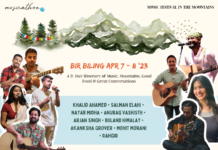


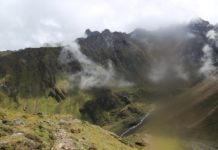
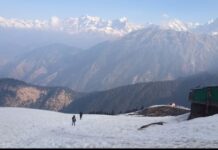
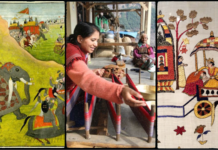









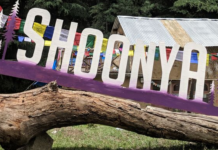
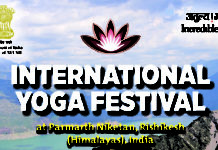


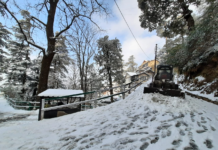
It’s like u write my emotion that I can never express. ur writing is beautiful as u…keep it up
What a vivid description ! Amazing !
thank you so much 🙂